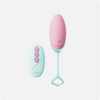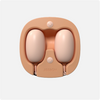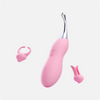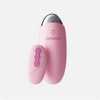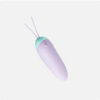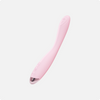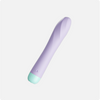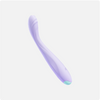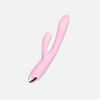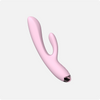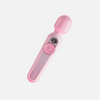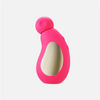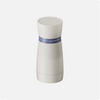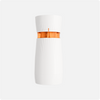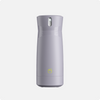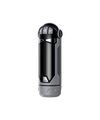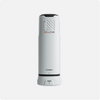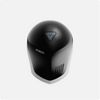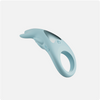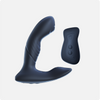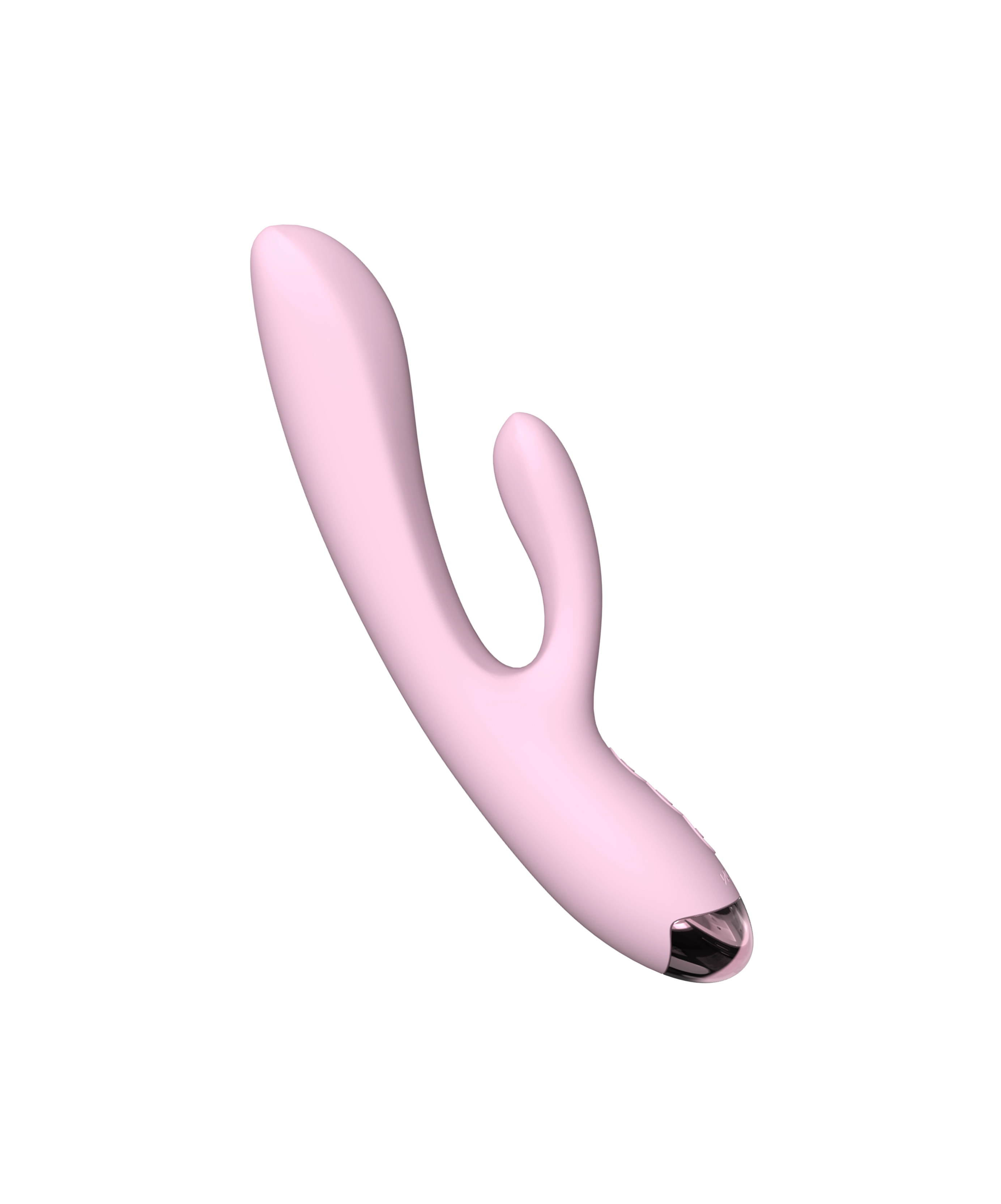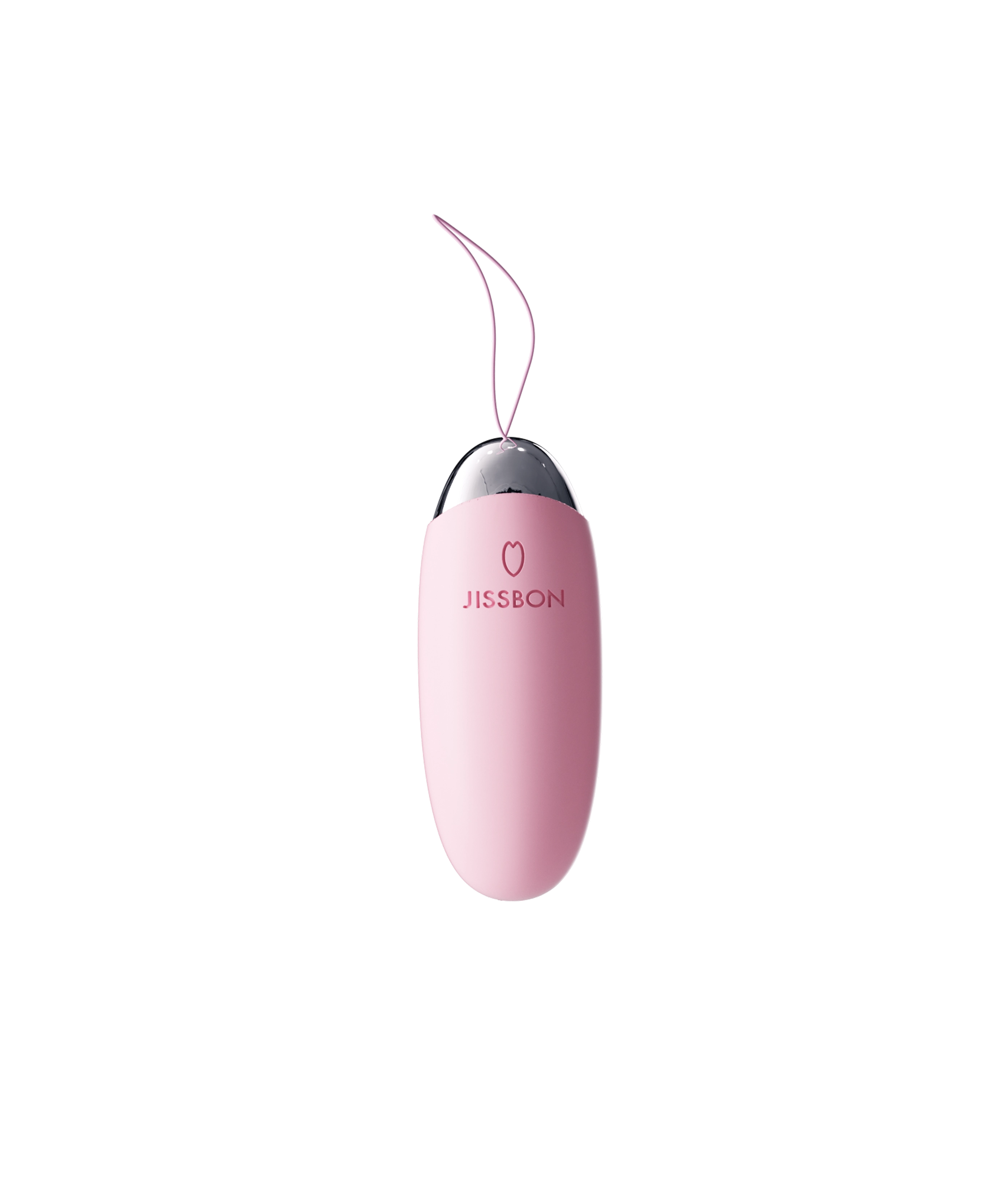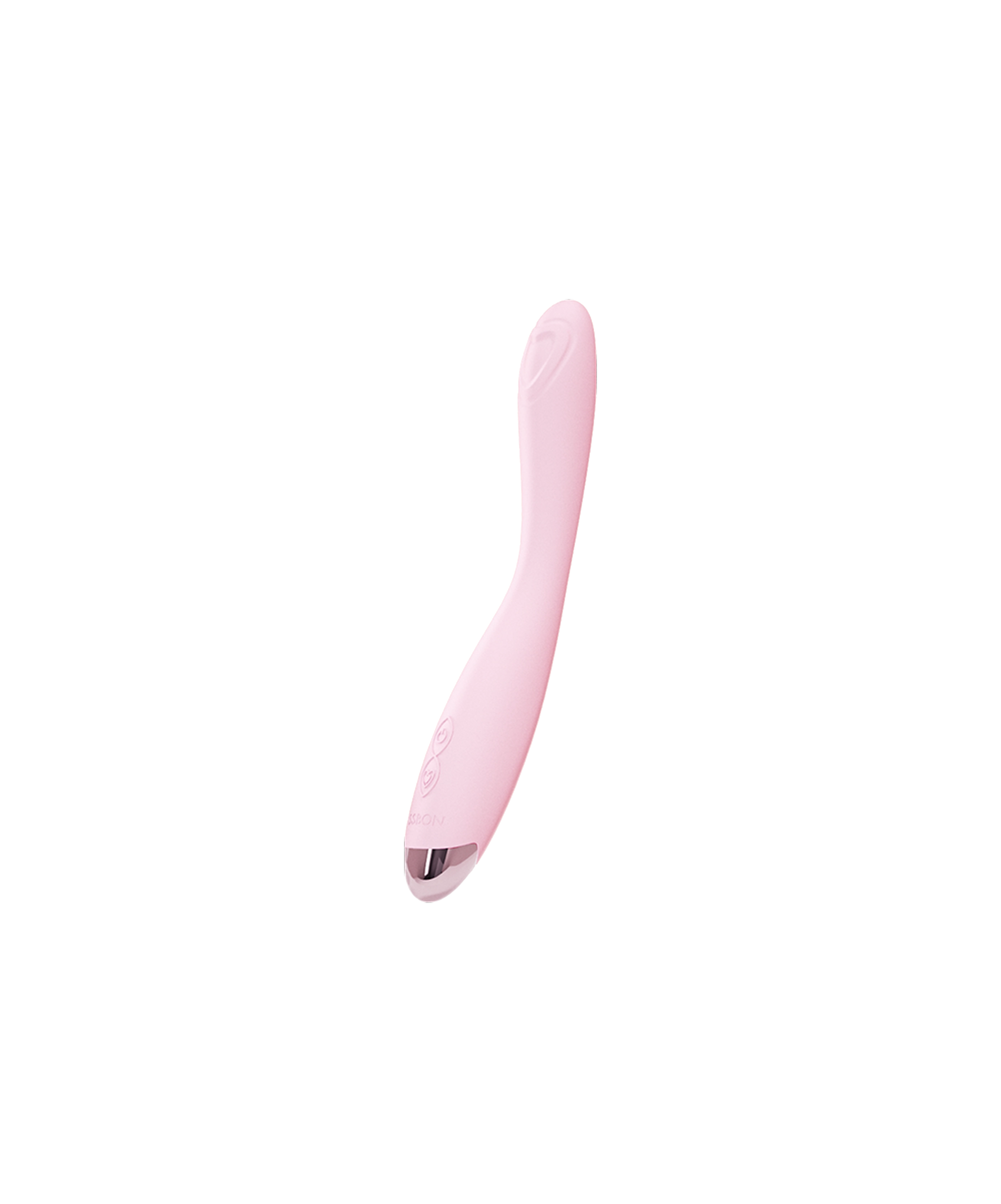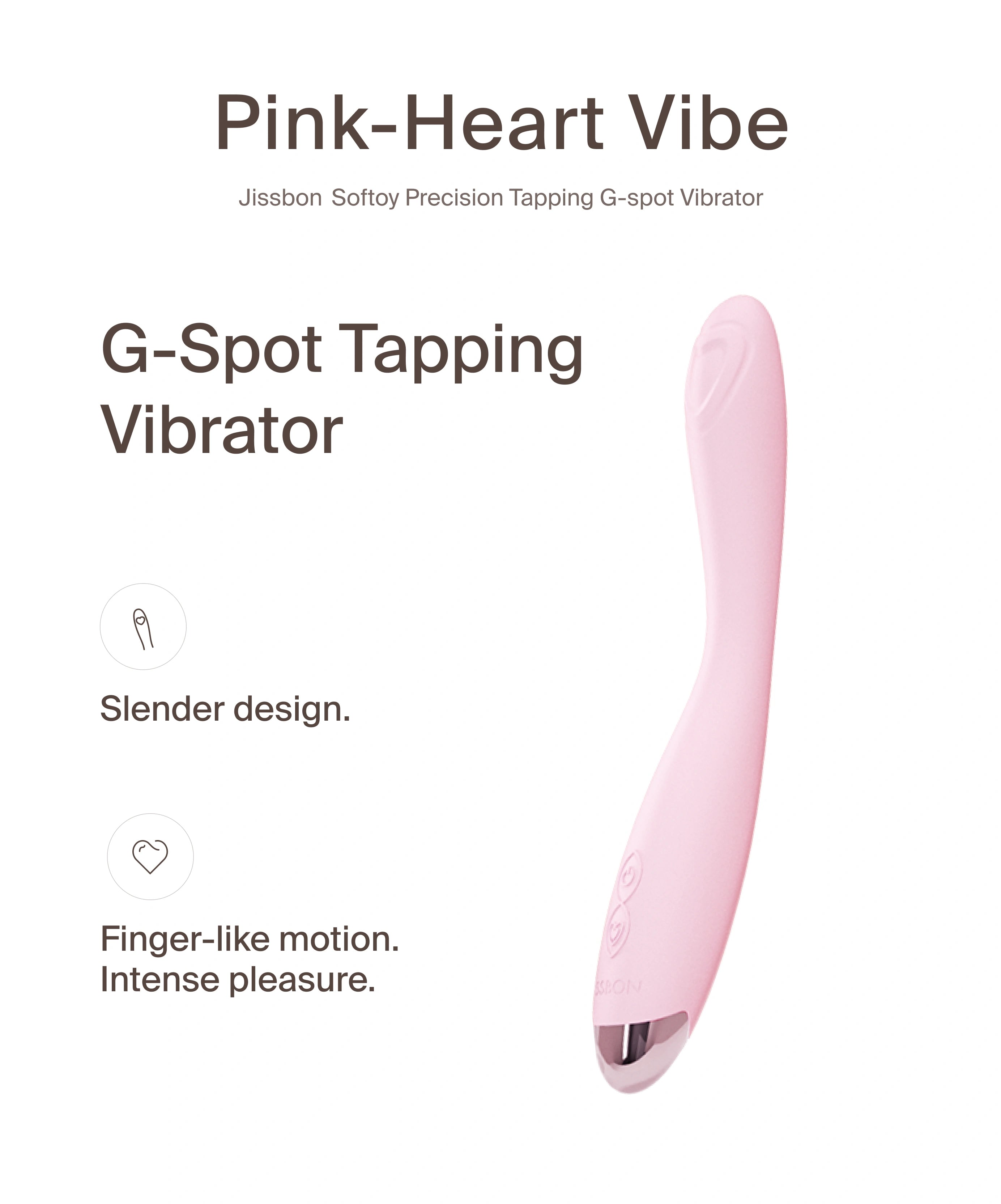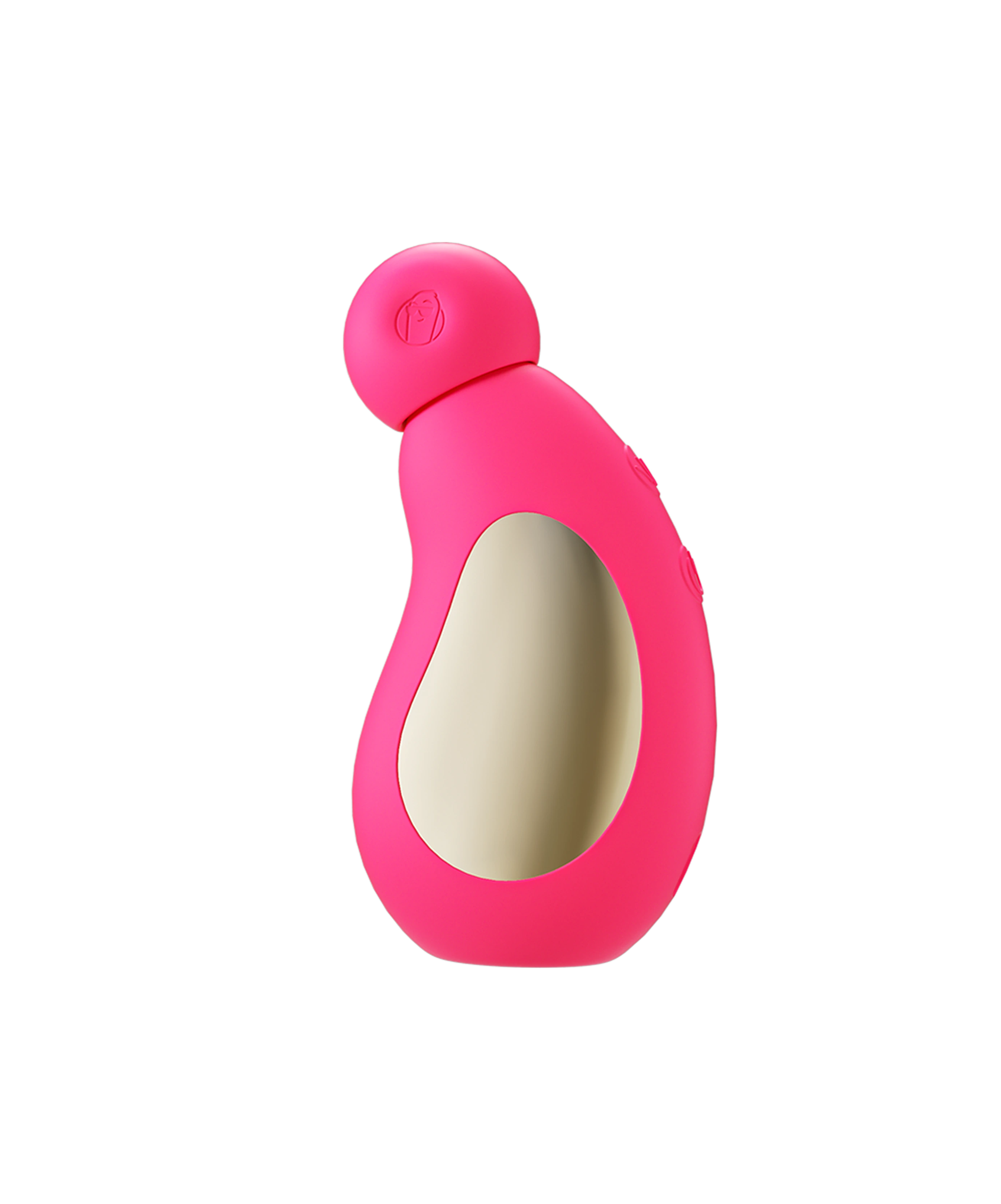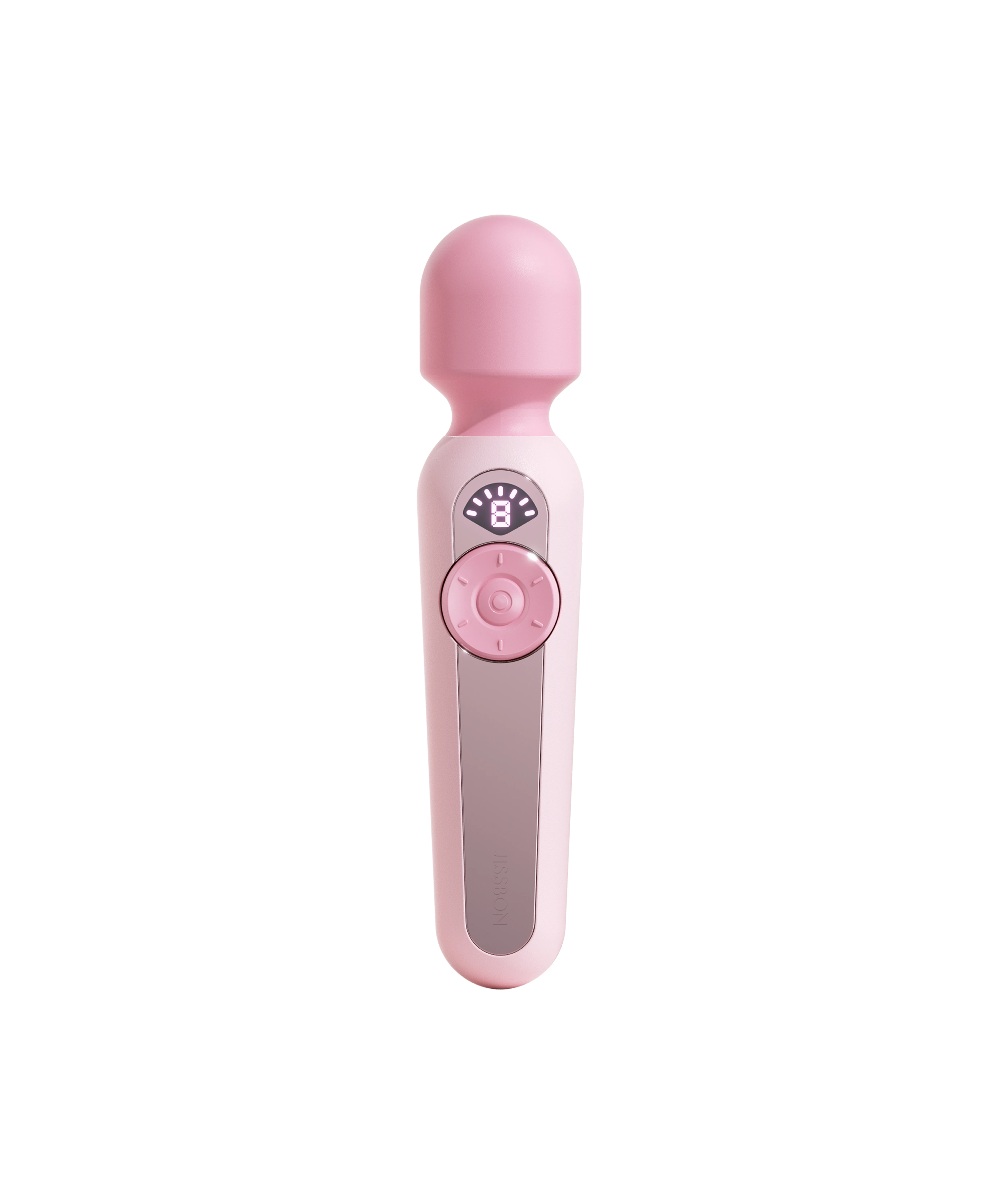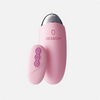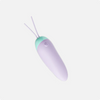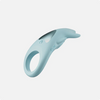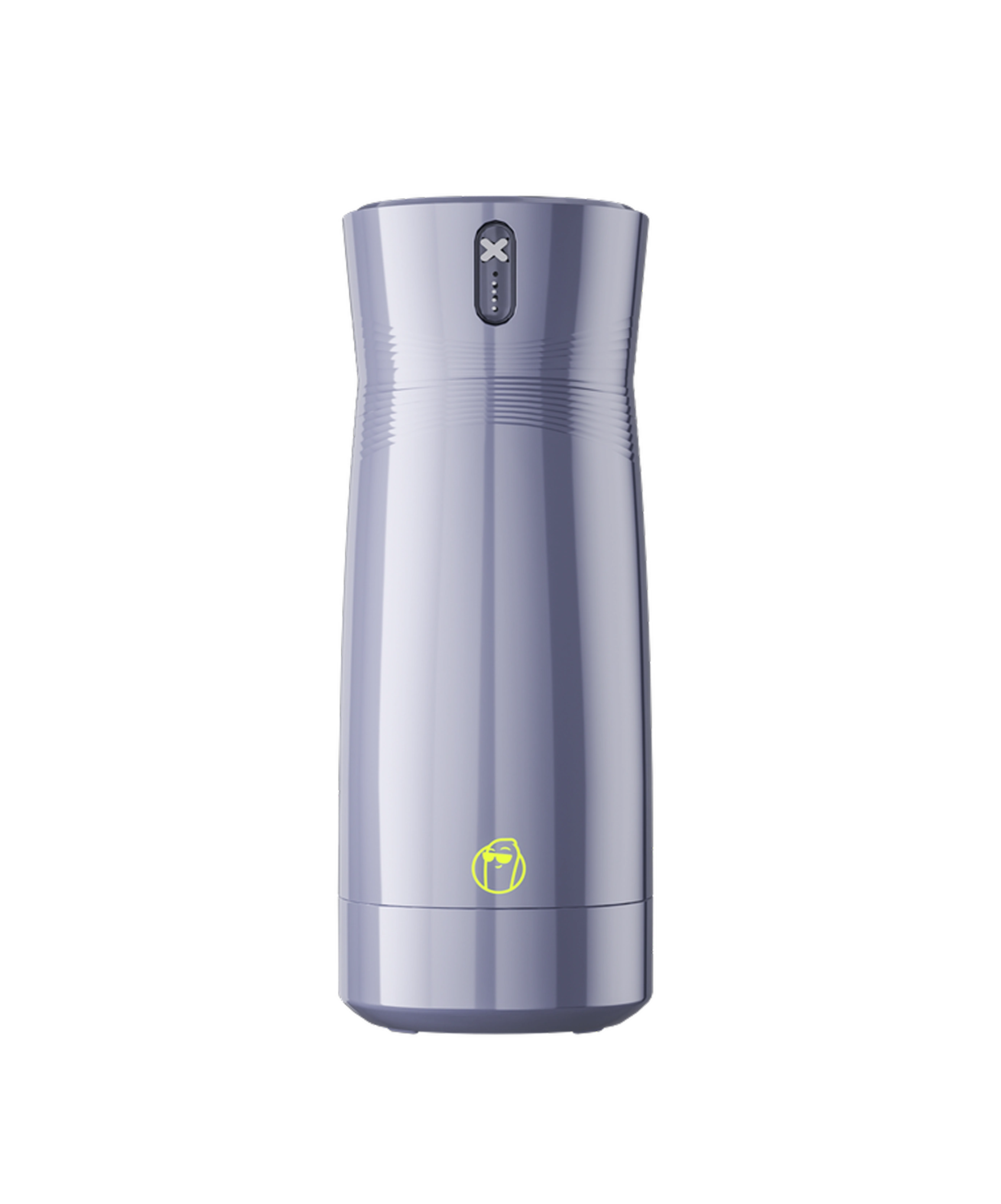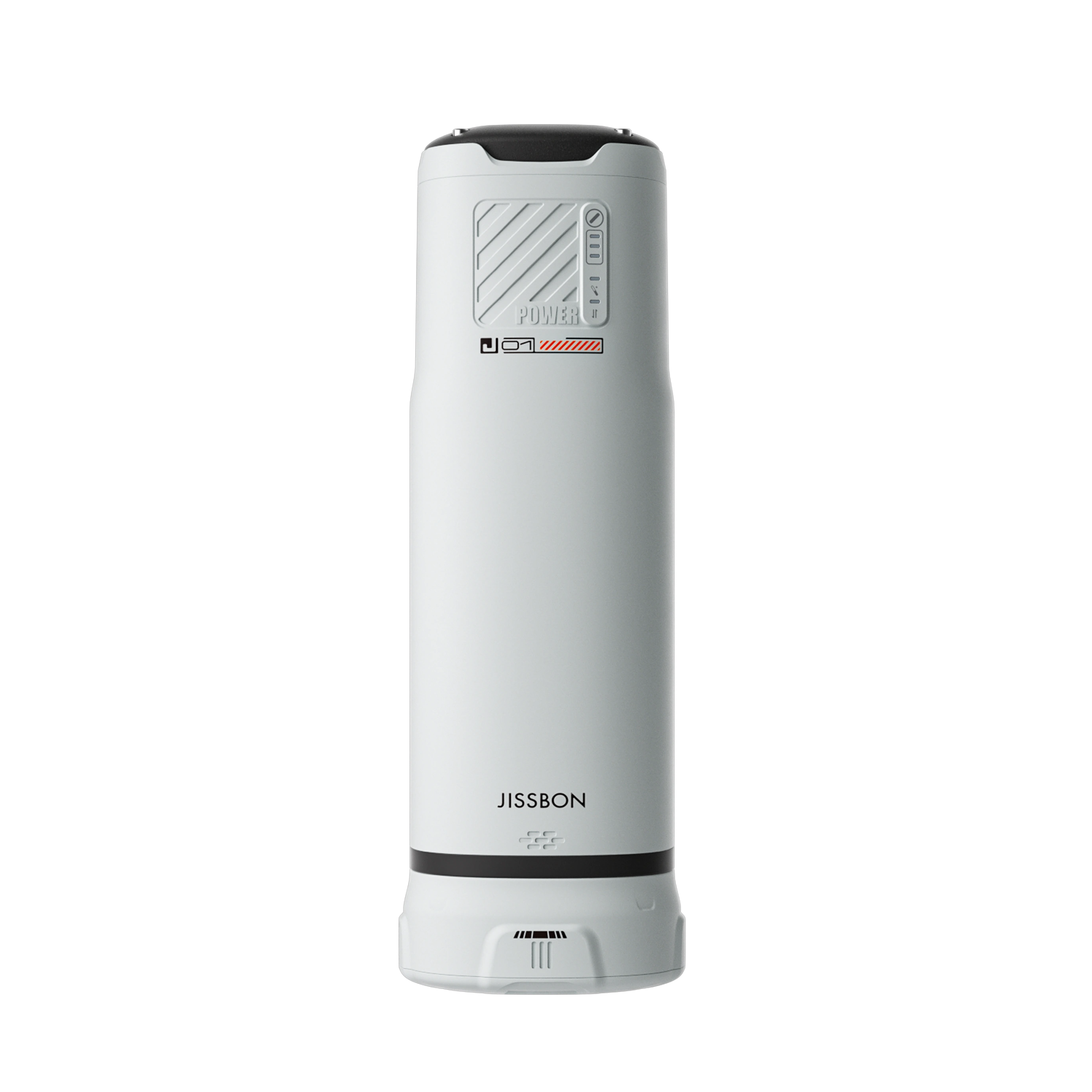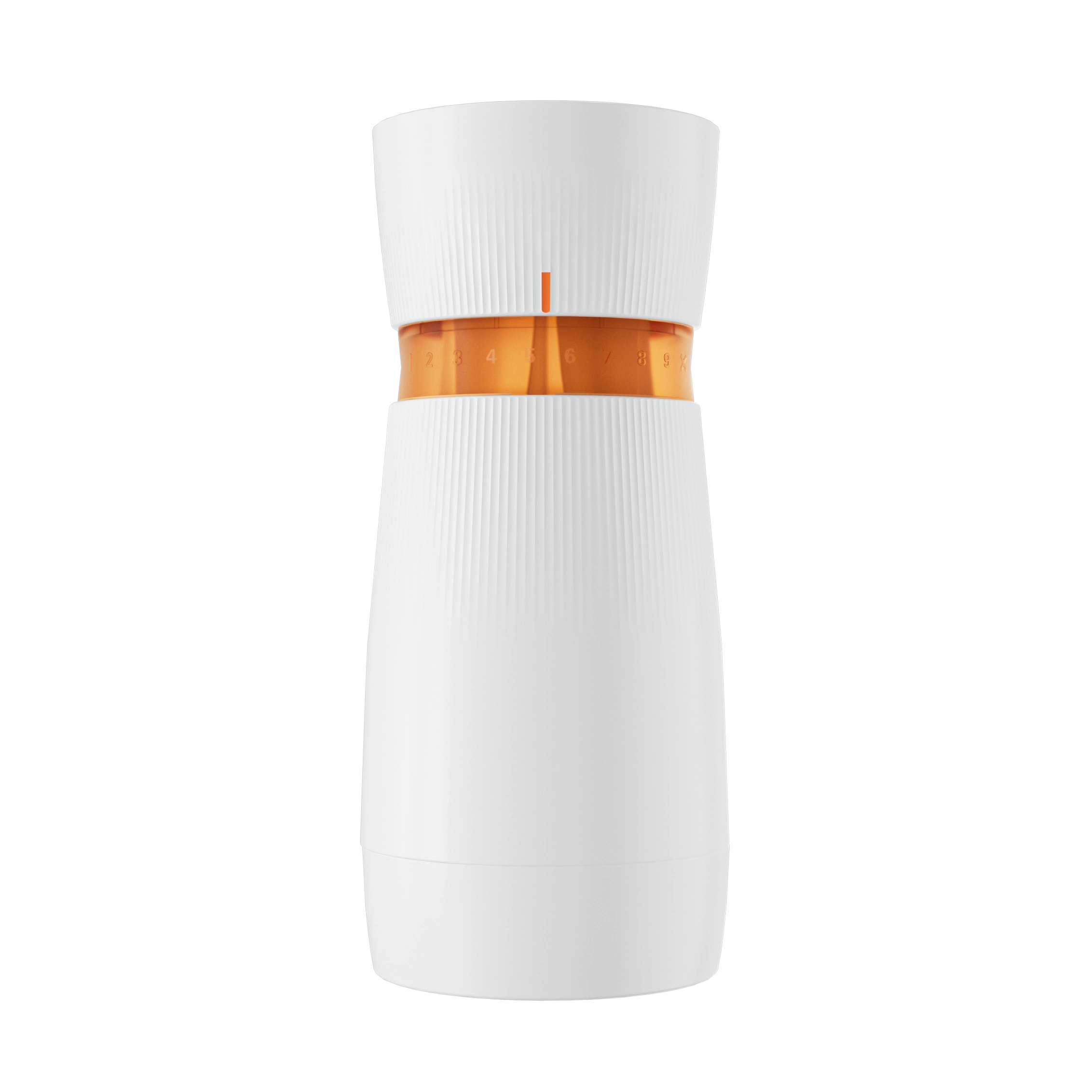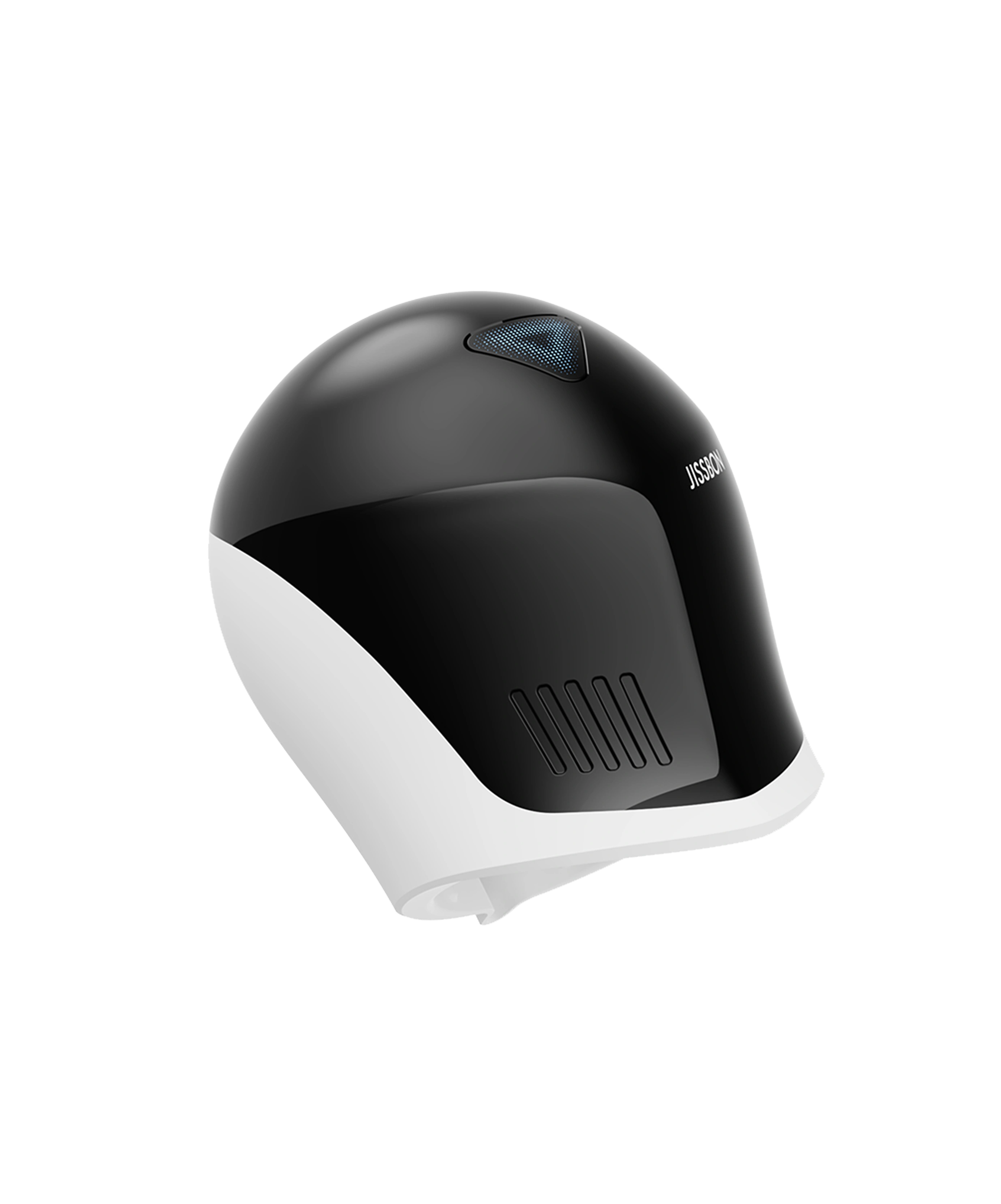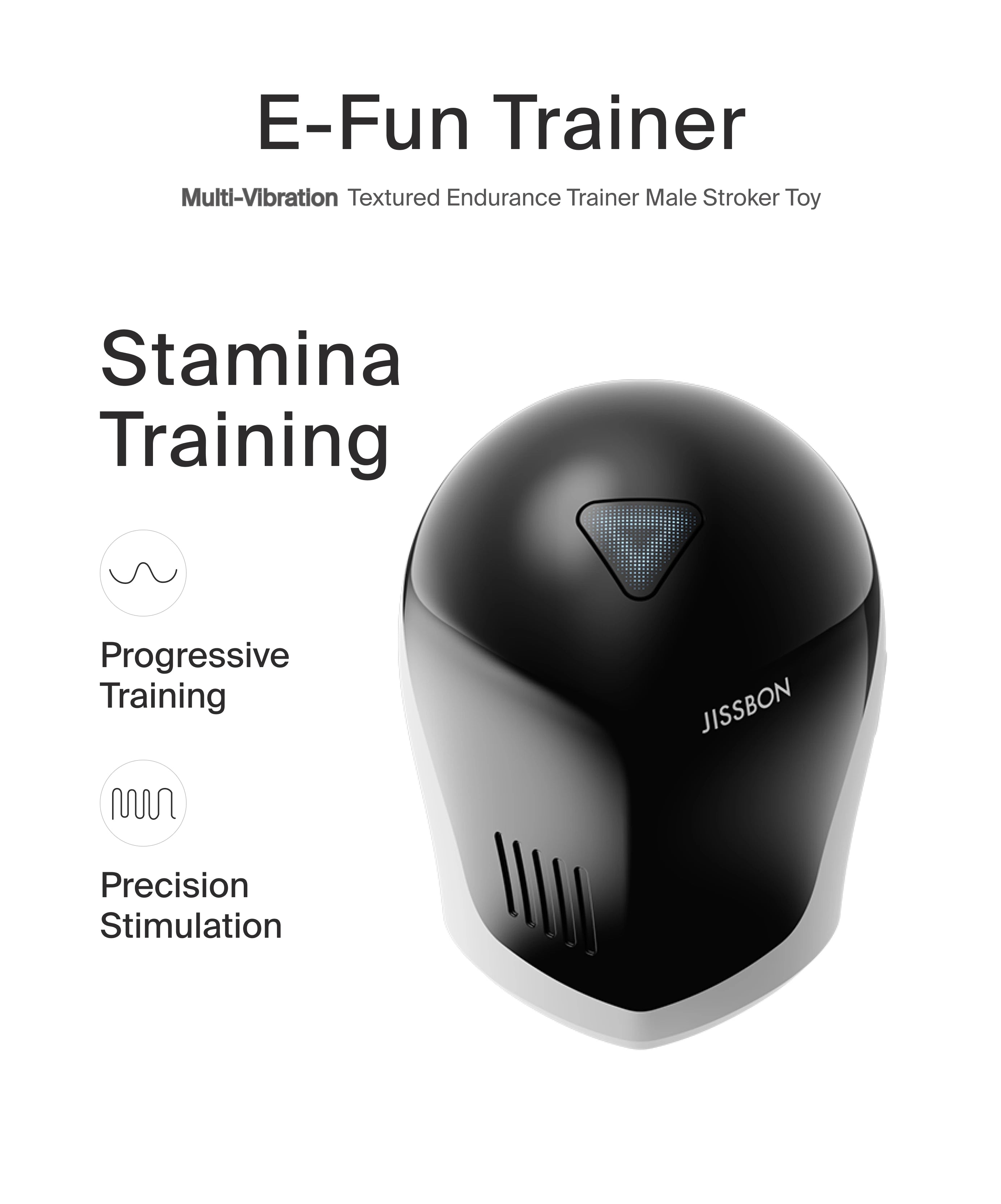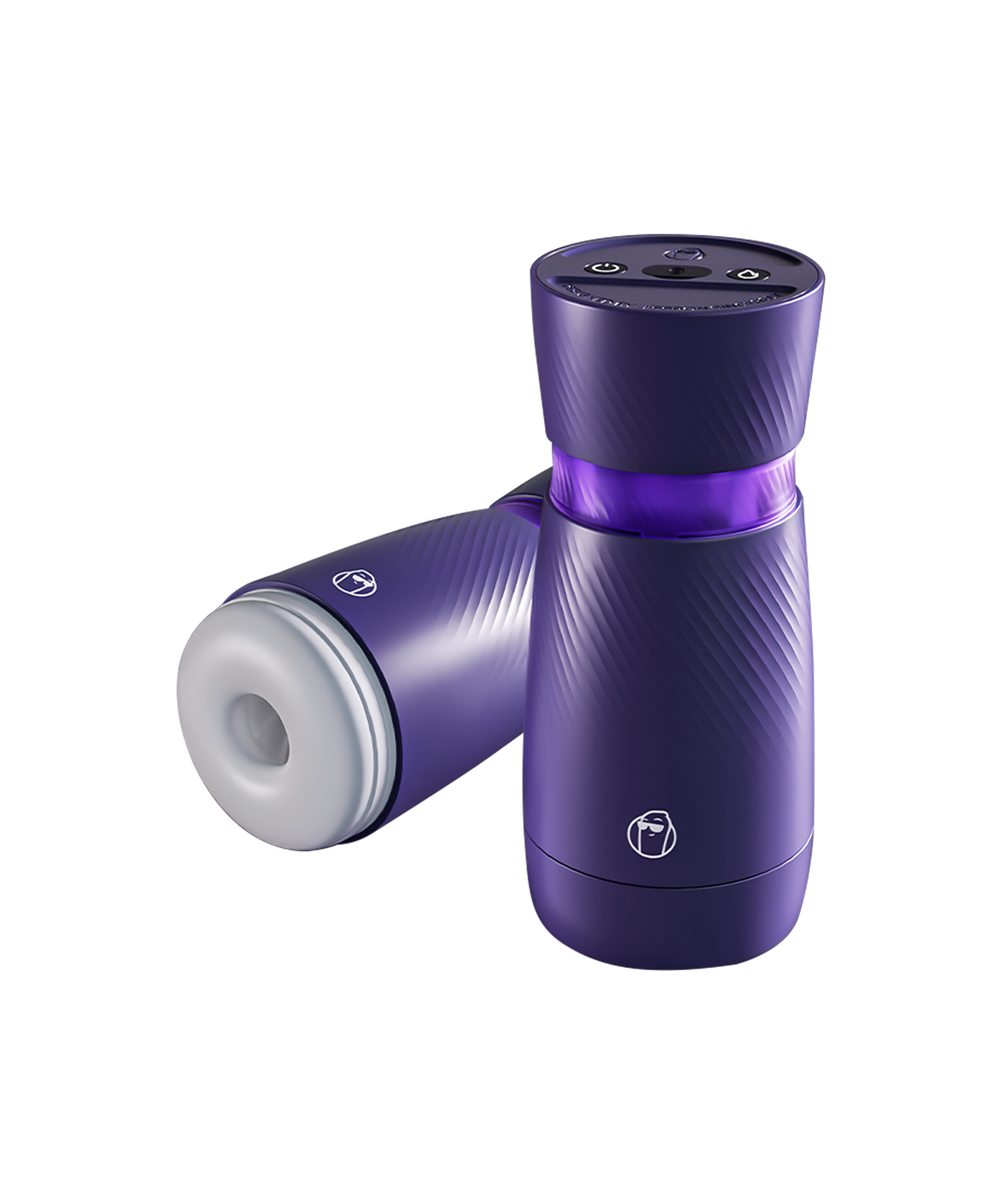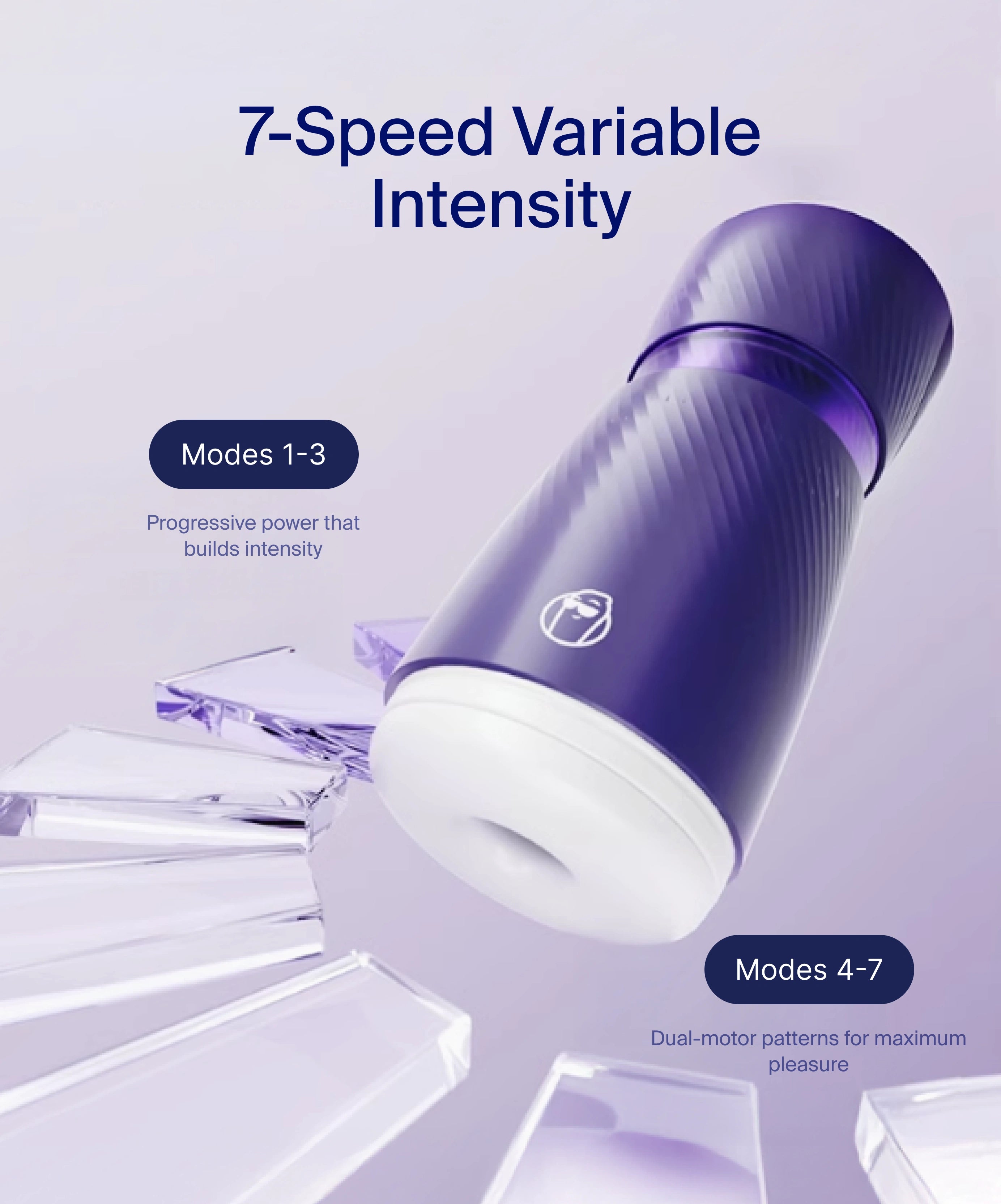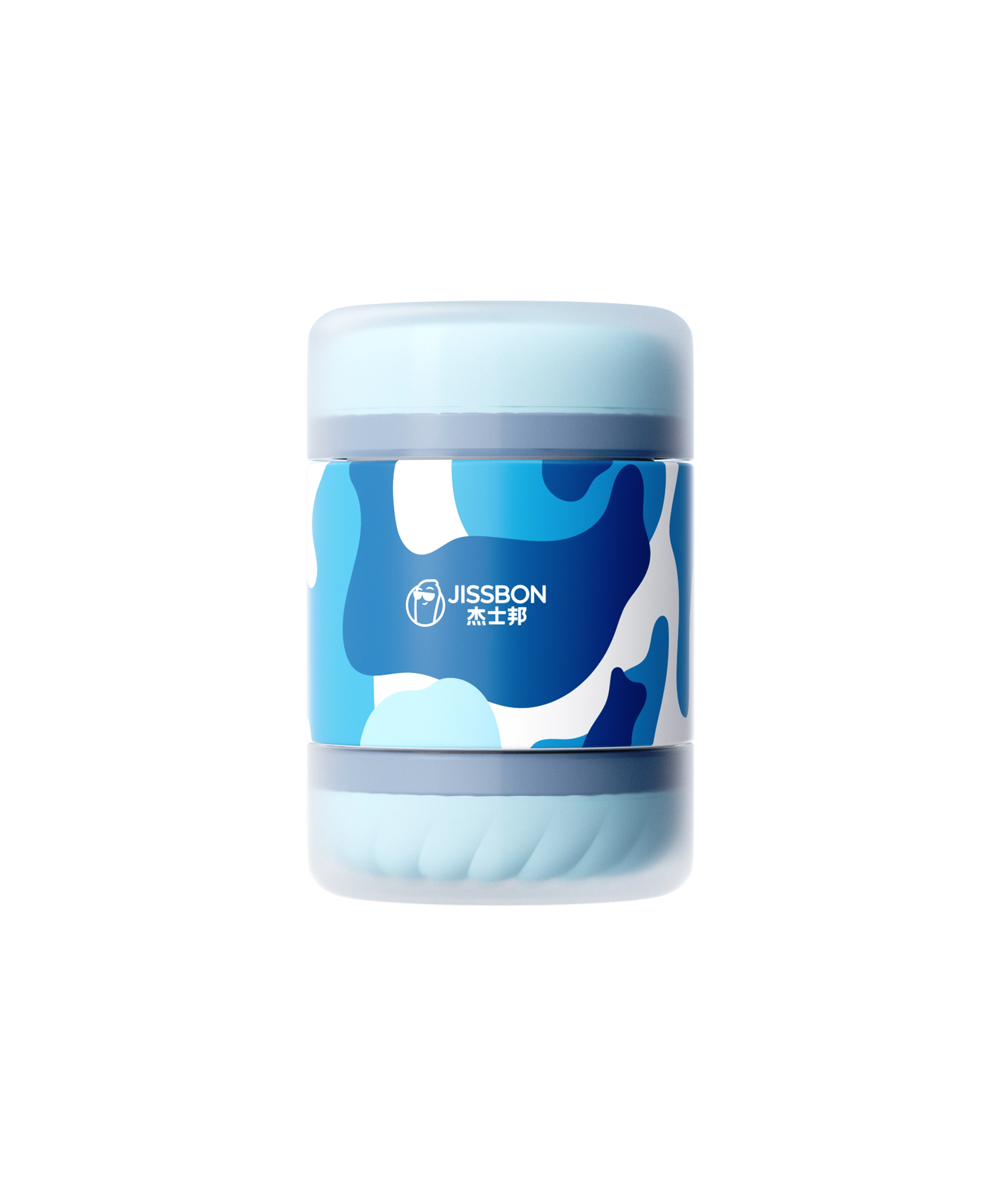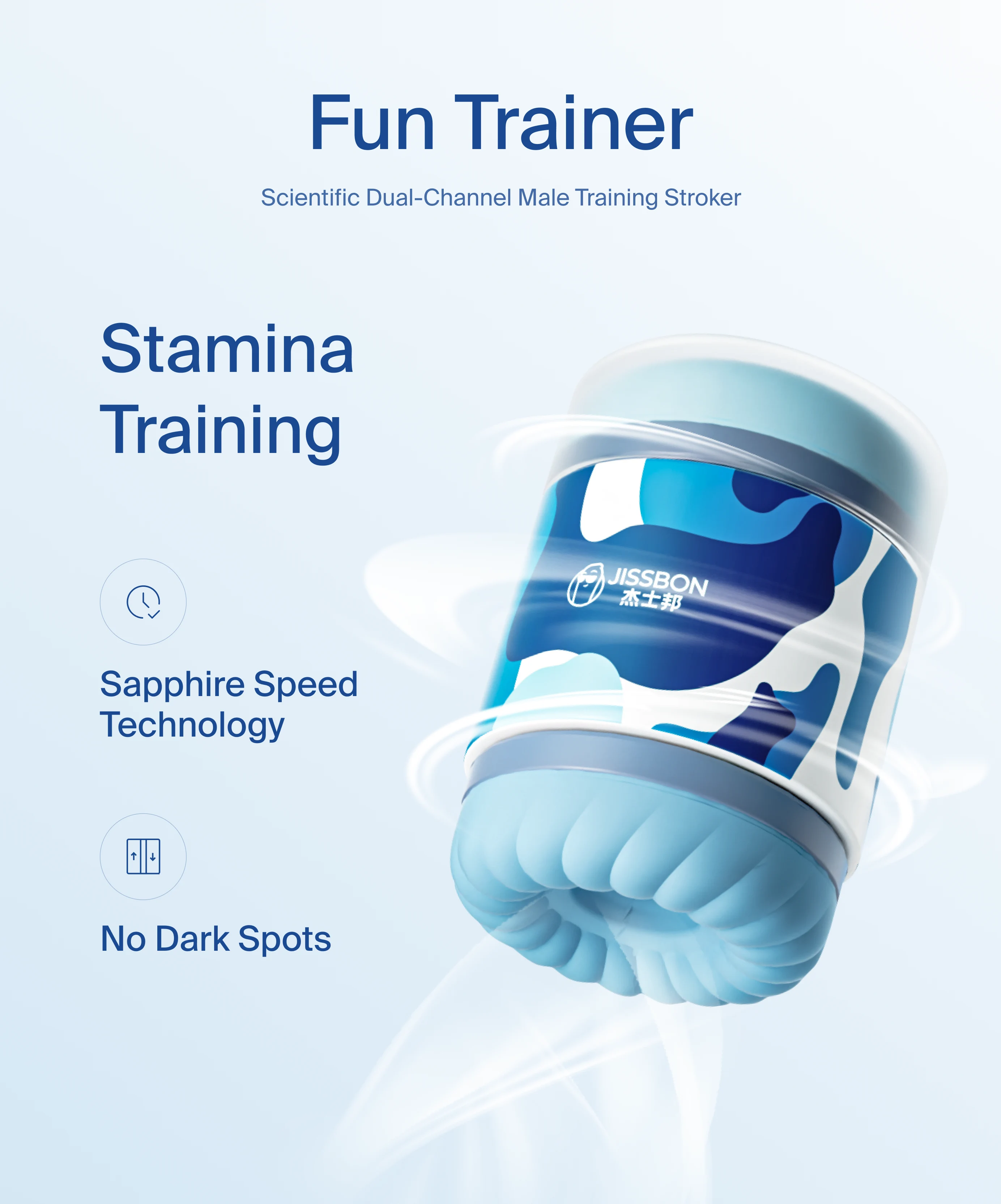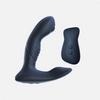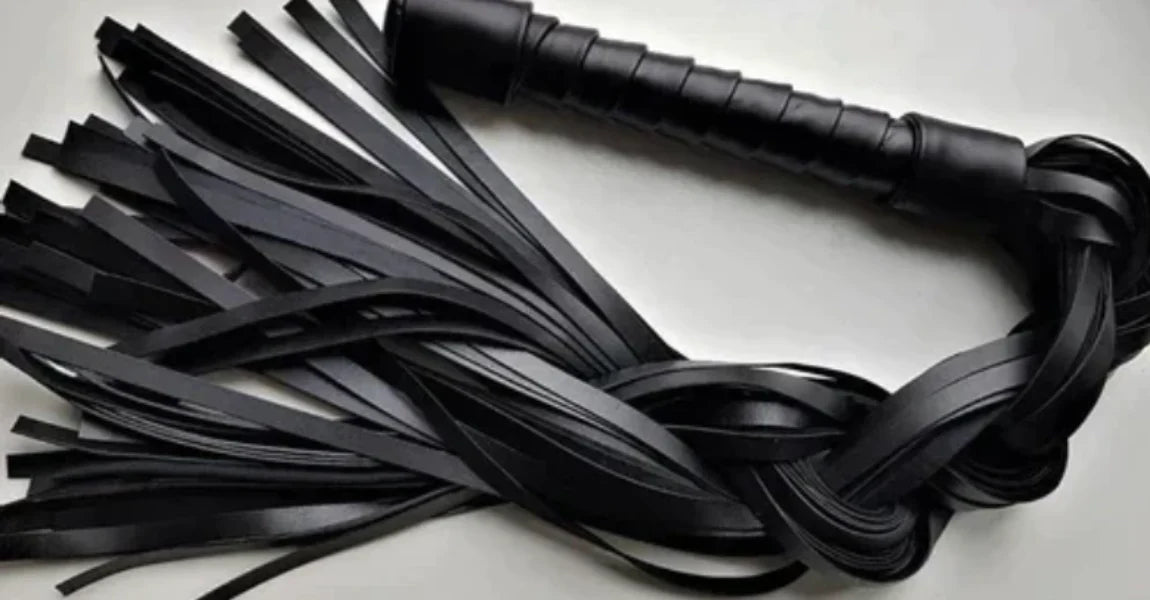If you’re curious about the types of BDSM whips—from soft beginner floggers to precision single‑tails—this guide breaks down styles, sensations, skill level, and safety. You’ll learn the difference between a BDSM whip and a flogger, what makes a sex whip sting or thud, how to pick a first sex toy whip, and where to strike safely. We’ll also cover consent frameworks (SSC/RACK), aftercare, and cleaning so your scenes stay hot and healthy.
Quick definitions (so we’re speaking the same language)
- Whips (single‑tail): One tail (lash) and, often, a fall and cracker. Examples: bullwhip, snake whip, signal whip, stockwhip. These require training and space; advanced users only.
- Floggers (multi‑tail, “flails”): A handle plus many tails (suede, leather, silicone, rubber, chain, rope). Often beginner‑friendly and easier to control.
- Crops & dressage whips: A stiff shaft plus a small leather tress/slapper for focused, stingy taps.
- Paddles: Flat implements that deliver broad “thuddy” impact—great for warm‑ups and spanking scenes.
- Canes: Rods (rattan, wood, acrylic) that produce sharp, intense stings and clear marks; technique matters.
Many people casually call all impact toys “whips,” but in kink education, whips usually means single‑tails. Floggers, crops, paddles, and canes are related impact tools with different handling and risk profiles.
Consent & safety frameworks (SSC/RACK), safewords, and zones
Before you uncoil a whip BDSM toy, align on safety:
- SSC (Safe, Sane, Consensual) and RACK (Risk‑Aware Consensual Kink) are common frameworks that emphasize informed risk and ongoing consent. Use clear negotiation and check‑ins.
- Safewords (e.g., red/yellow/green) provide an immediate stop/slow mechanism without breaking roleplay. Safewords are widely recommended in the literature on consensual BDSM.
- Impact‑safe zones: Stick to fleshy areas like buttocks and upper thighs; avoid kidneys, spine, joints, neck, face, and tailbone. Reputable guides list these no‑go zones and advise gradual warm‑ups.
Pro tip: Practice on a pillow to learn distance and “wrap” behavior (when a tail unintentionally curls around the body). Many impact‑safety primers suggest practicing aim before touching skin.
Sting vs thud: how sensation works
- Stingy sensations: small surface area, higher speed (crops, canes, many single‑tails).
-
Thuddy sensations: heavier, broader impact (paddles, some suede/leather floggers).
Skill, distance, and material transform a tool; for example, silicone tails feel sharper and rubber tails can be very stingy. Beginner guides note that whips can be the most dangerous impact tools and should be approached only after mastering control.
The main types of BDSM whips & related impact tools
Below is a practical tour of types of whips BDSM players use—with sensations, skill levels, and safety notes.
1. Floggers (multi‑tail)
What they are: A handle with many tails (suede, leather, silicone, rubber, mylar, chain, rope). Suede and soft leather are more forgiving; rubber/silicone tails are easier to clean but can feel sharper.
Sensation: From soft thuddy drops to zippy sting, depending on tail weight, width, and swing. Longer/heavier floggers hit harder; too long, and you get into single‑tail behavior. Educators suggest a flogger length no longer than your arm for easier control.
Best for: Warm‑ups, full‑body sensation, beginners learning distance and rhythm.
Technique: Start with figure‑8 or overhand drops; avoid wrapping around ribs or hips. Florentine (two floggers at once) is an advanced style—looks great, requires practice.
2. Riding crops & dressage whips
- What they are: Stiff shaft with a small tress (loop/slapper) for tight, targeted strikes.
-
Sensation: Sharp sting with high precision; great for tap‑marks, inner/outer thighs (with caution), or butt focus.
-
Best for: Intermediates who want accuracy without a full single‑tail.
- Technique: Use short, wrist‑led taps; avoid bony areas; keep to fleshy zones. Mainstream safety guides echo this targeting.
3. Paddles
-
What they are: Flat implements in wood, leather, silicone, or composite.
-
Sensation: Deep thud, broad contact, less likely to “wrap.”
-
Best for: Warm‑ups, spanking scenes, predictable control.
- Technique: Build intensity slowly; large surfaces bruise easily if overused. Aftercare (water, soothing touch) helps.
4. Canes
-
What they are: Rods (rattan, bamboo, fiberglass/acrylic, wood).
-
Sensation: Very stingy, clear lines/welts, delayed “cane brain” endorphin rush for some.
-
Best for: Experienced players—precision matters.
- Technique: Use light test taps and keep strokes parallel to avoid wrapping. Avoid kidneys and spine entirely.
5. Single‑tail whips (the “sex whips” most people picture)
- Examples: Bullwhip (integrated handle + thong + fall + cracker), snake whip (no rigid handle), signal whip (no fall, shorter), stockwhip (separate long handle via keepers).
-
Sensation: Highly variable; from sensual trailing to precise sting.
Skill & risk: Advanced only. Longer whips can wrap and tear skin; cracking is for air, not bodies. Choose shorter lengths (3–5 ft) for confined spaces. Sanitary best practice: change or clean the cracker between partners. - Material tip: Nylon/paracord whips are easier to clean; leather is traditional but higher‑maintenance.
Dragon tail (and quirt, tawse, cat)
- Dragon tail: Short shaft with a single triangular “tongue” of leather—snappy, stingy, tricky to aim; intermediate to advanced.
- Quirt: Equestrian‑style shaft ending in one or two short straps; compact, focused sting.
- Tawse: A strap split into two or more tongues; stinging and sharp; silicone versions are easy to sanitize.
- “Cat o’ nine tails”: Historical multi‑tail whip with knotted ropes; modern kink uses floggers instead; cats with knots are advanced only.
Choosing your first BDSM whip (or impact tool)
Start with control, not drama. For most beginners, a soft leather or suede flogger or a small crop is easier to aim and less likely to injure than a long single‑tail sex whip. Whips (bullwhips, snake/signal whips) demand coaching and practice space; many educators recommend classes before using them on a body.
Length & space: In apartments or small rooms, keep overall length short. Instructional resources suggest 3–5 ft whips for dungeon spaces and shorter tools for tight quarters.
Materials & cleaning:
- Silicone/rubber/nylon: Easier to wash; non‑porous surfaces sanitize better.
- Leather/suede: Wipe with a slightly damp cloth and dry; if skin is broken, don’t share the tool.
- Crackers & falls (single‑tails): Change or clean between partners—crackers collect dirt and biological material.
How to use a BDSM whip safely (step‑by‑step)
- Negotiate & set safewords. Align on activities, limits, intensity scale, and aftercare preferences (for both partners). SSC/RACK frameworks encourage ongoing consent.
- Warm‑up. Start with hands or a soft flogger to bring blood flow and reduce injury risk. Mainstream guides emphasize gradual intensity.
- Find safe zones. Buttocks and upper thighs are your baseline; avoid spine, kidneys, joints, and neck/face.
- Build rhythm, then power. Keep strokes short and controlled. New tops should practice on a pillow to learn distance and avoid wrapping.
- Check in. Use verbal or nonverbal signals; watch for changes in breath, muscle tension, or dissociation (“subspace”).
- Aftercare. Water, cuddles, blankets, soothing touch, and a debrief help both partners regulate post‑scene. Dominants may need aftercare too.
Cleaning & care 101 (keep your sex whips safe to share)
- Non‑porous toys (silicone, some rubber, coated metals): wash with mild soap and warm water; sanitize as allowed by the manufacturer.
- Leather/suede: Wipe lightly and dry immediately; condition as recommended; avoid soaking. If an implement breaks skin, retire it from shared use.
- Cracker hygiene: Replace/clean single‑tail crackers frequently (between partners and after dungeon nights).
Pairing toys for sensation stacking (optional)
Combining impact with steady external stimulation can amplify arousal. During flogger or crop play, many couples like a low‑profile vibrating ring for consistent clitoral/perineal buzz without breaking rhythm—browse Cock Rings for soft silicone options. For a feature‑rich couples pick, the E‑Intense Moose Dual Vibrating Cock Ring offers remote control and strong patterns that layer nicely with rhythmic impact (keep intensity low so sensation stacks, not overwhelms).
Quick buyer’s checklist
- Goal: Sensual warm‑up or sharp discipline? (Thud vs sting.)
- Space: Do you have room to swing a tail safely?
- Material: Need easy cleaning (silicone/nylon) or classic feel (leather/suede)?
- Length: Shorter = easier control; longer requires skill and space.
- Quality: Smooth, finished edges; sturdy construction. Avoid costume whips that can break or have rough edges.
Bottom line
The types of BDSM whips and related impact tools span from forgiving floggers to high‑skill single‑tails. Choose a tool that matches your space, skill, and desired sensation; negotiate with SSC/RACK in mind; warm up on fleshy areas; and always check in and do aftercare. With thoughtful selection and practice, sex whips and their cousins (crops, paddles, canes) can deliver intense connection safely.
Frequently Asked Questions
Are there different types of whips?
Yes. In kink education, “whips” usually means single‑tails (bullwhip, snake whip, signal whip, stockwhip). There are also multi‑tail tools (floggers) plus crops, paddles, and canes—all part of impact play with distinct handling and risks.
What’s the difference between a flogger and a BDSM whip?
A flogger has multiple tails and tends to be easier to control; a single‑tail whip has one lash and demands advanced skill due to wrap and cutting risk. Many mainstream guides recommend starting with a flogger and working up.
Which type is best for beginners?
Soft suede/leather floggers or a short crop. They’re controllable and let you learn rhythm/aim. Single‑tails are advanced—seek instruction or classes before using on a person.
Where can I safely strike with a sex whip or sex toy whip?
Stick to fleshy areas (buttocks, upper thighs). Avoid kidneys, spine, joints, neck, and face. Build intensity slowly and check in often.
How do I practice and avoid wrap?
Practice on a pillow, shorten your range, and keep strokes straight and controlled. Learn the toy’s balance before using it on a partner.
How do I clean impact toys?
Sanitize non‑porous tools; wipe and dry leather/suede; replace or clean crackers on single‑tails between partners. Retire any implement that breaks skin from shared use.
Do I really need aftercare after BDSM whipping?
Yes—aftercare benefits both partners. Hydration, cuddling/blankets, and a debrief help the body and mind regulate after intense sensation.
Read more
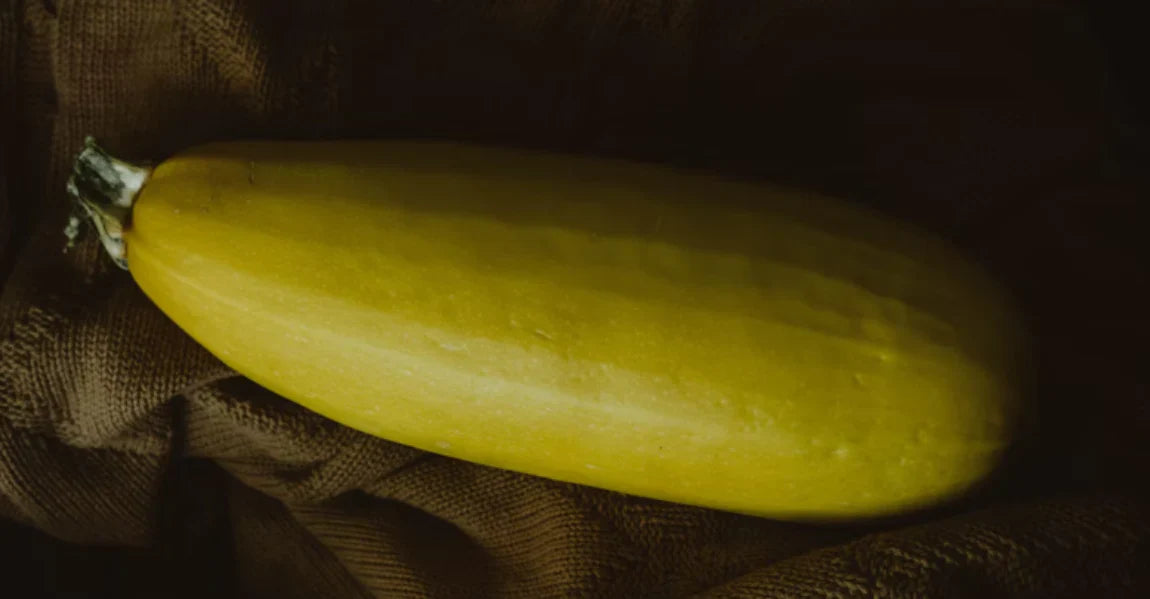
If you’ve ever wondered how big is my dick—and wanted a straight answer without hype—this guide is for you. Below you’ll learn how to measure length and girth accurately, what the average dick size...

If you’re searching how to hang a sex swing, this guide walks you through safe options—ceiling sex swing mounts, door swings, freestanding stands, and beam straps—plus hardware, load ratings, and s...
